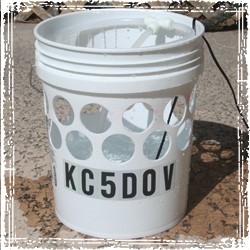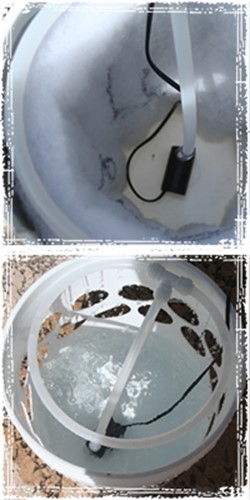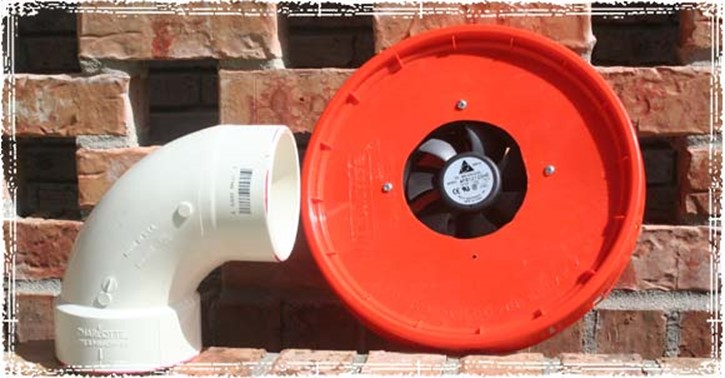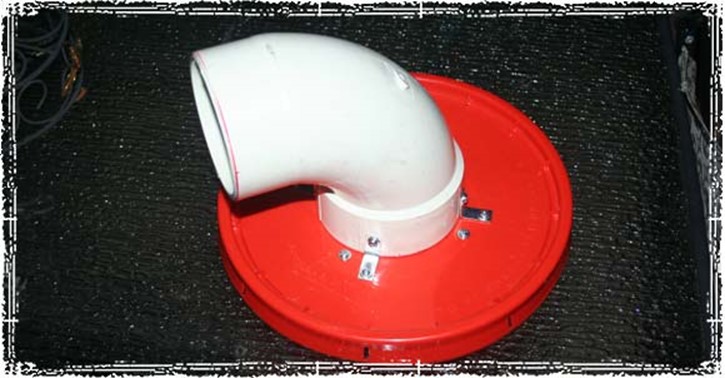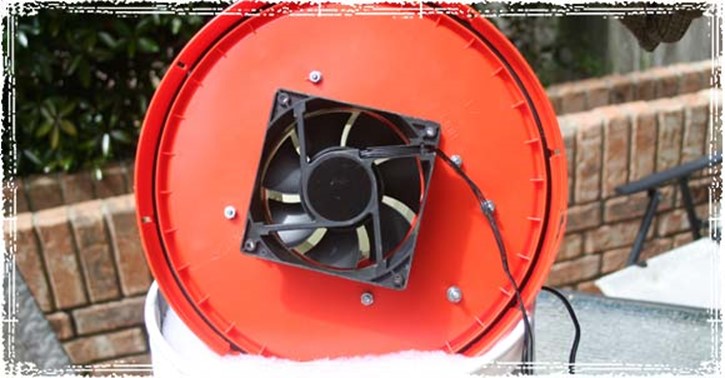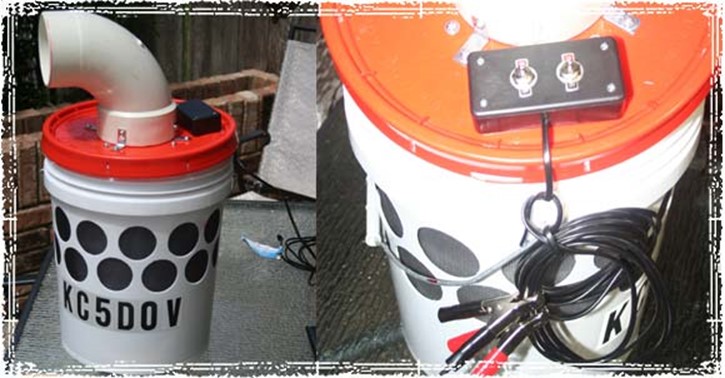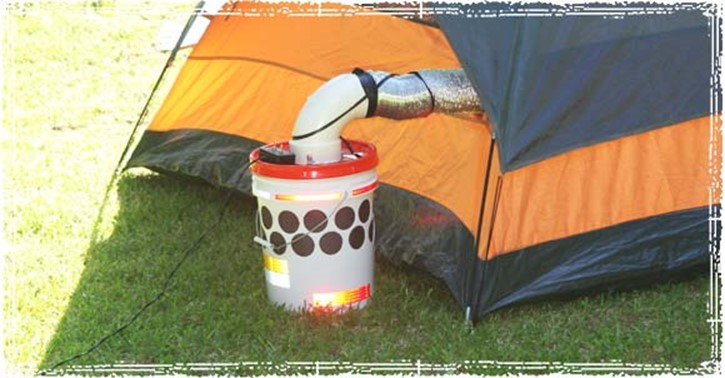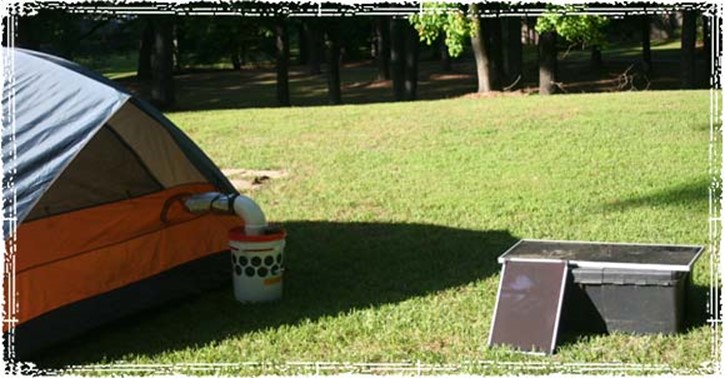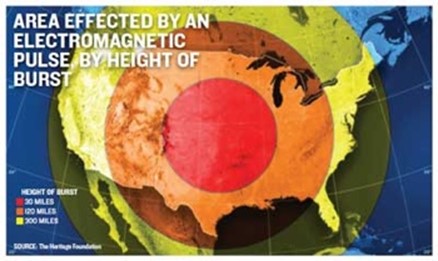This is a guest post by Dan W
The answers to all the questions listed below need to be answered with brutally honesty if you are to be able to determine what you will need to survive any catastrophe, event, civil unrest, etc. The more accurate your answers the better you will be able to prepare:
General:
Why are you thinking about prepping? What is your main fear about the future? Define your most pressing concerns and fears. How would their occurrence would affect your day to day life. Be realistic and think “independence” as most events will render our grid system of electricity inoperative or marginal at best. Communications will be degraded or nonexistent. Deliveries of critical goods will be infrequent if at all. You must be able to survive as an independent entity. What will you need to do that? And for how long?
- Define Your Circumstances: How many people will you be surviving with?
- How old are they? How old are you?
- Does anyone need specific items (such as Rx Drugs) to survive?
- What is the physical conditioning of each person?
- Are there medical conditions such as allergies, restrictions in
- movement, sight, etc. that adversely affects them?
- Will you stay where you are or going someplace else?
Define your needs: This is as simple as determining how many people and for how long you are planning to survive. The needs for a healthy family of four to survive a four month period are vastly different than the same family planning for to survive for four year.
Identify your temperament: Are you an assertive “type A” hard charging personality or a follower that needs to be led? Will you do whatever it takes to survive? Could you kill another human in an act of self-defense of you, your family, or your possessions? Do you face difficult situations with strength or shy away because you are reluctant to deal with unpleasant topics? Be honest with yourself, the answer may surprise you.
How much can you spend for survival? : Define your financial status. How much extra money do you have, that you are willing to spend on those items you will need, to survive for the period of time you have chosen. Your investment in “prepping” supplies may never be recouped. Food stuffs can be eventually eaten, some items can be sold, but if the SHTF event does not occur, will you curse your decision to spend finances that might have been used elsewhere?
Your Fortress: Where is it that you have chosen to survive? Is it appropriate as a defensible position? How much storage does it have? Is access easy? What are the negatives? How would it be to live there without electricity, water, sewage disposal, etc.? How near are your neighbors. Do you know your neighbors? Will you be an easy target for the first hordes of hungry, angry, marauding gangs? Do you have access to a primary fortress somewhere else? Climate: Where do you live now or plan to live if you will be leaving your current position. In Prepper lingo this is called “bugging out. Your clothing should be appropriate for the climate where you will be including all of the seasons you may encounter. This consideration should include such items as snowshoes, thermal underwear, boots and ice studs, etc.
Power: Can you survive without power? Not for computers or cell phones but for pumping water from a well, running a small electric heater, or producing light. If you consider a generator then what type? Gas or propane? Are you physically fit enough to start and engine with a cord pull type starter? How will you store gasoline, diesel, or propane to run the device? How much fuel will run it for how long? What about solar power generation? How does that work? Are you knowledgeable enough to work with electricity? Is a source of independent electricity necessary?
Light: Regardless of whether or not you have a source of electricity you will need light to combat the dark of night. Oil lamps, solar lamps that store energy, hand crank flashlights and Coleman lamps are all possible remedies. If your device of choice uses a fuel such Coleman Fuel or propane how much do you need to have in reserve? How many lamp wicks and lamp oil is enough, how many light generation devices are enough?
Security: How will you secure your safety and prevent the theft of your supplies? Do not think that you will call 911 and then wait for the authorities to come to your rescue! You are alone! Whether or not you survive an encounter with one person, or a group, intent on obtaining what you have depends on you. Do you have guns and ammo? Are you comfortable with them and proficient at shooting? Can you kill if the needs arise? If the attack comes at night would you be able to see them before they see you. Do you have a perimeter defense system that will give you advance warning of an intruder?
Water: There are many resources that will tell you how much water a person needs to survive. Storage of water is easy but space consuming. Purifying water is easy if you have Clorox. A water purifier such as is used by hikers works well, but produces a limited amount of water and it takes disposable cartridges. Do you have a source to replenish your water supply? Counter top Purifiers are readily available but are not cheap. Water barrels to catch rain water are cheap and also available. If you plan to have a garden you will need to calculate the water requirements for that in addition to personal needs.
Food: How much is enough? The answer goes back to how many people for how long. Are there sources of foodstuffs you will have access to: wild grains, garden produce, wild game, fish, birds, or your stored foods? How much room do you have to store food that has a long shelf life? Do you have dietary restrictions? Do you have funds enough to buy prepared freeze dried foods? Do you have a way to cook food? How about boiling water every day? Again, the answer to the question of how much is enough depends on your answers to the preceding questions. Consider the age(s) of those you are planning for. Older folks can get by on fewer calories each day than younger people or children. Check out internet sites to see what they sell for different on what would work best for you and yours.
Medications: Prescription medications may be no longer available. Do you have a need for such items? How long will your supply last? Can you stockpile more meds? Are there any over the counter medications that will work as a substitute for prescription meds? Is the med a necessity to maintain life? You’ll have to figure this out an plan accordingly.
Money: What happens if paper currency (or coins) is no longer a source for obtaining what you need? Do you have goods, a skill or profession, food, etc. that you can use for trade goods? Ammunition, alcohol, cigarettes, food, medicines, water, gold, and silver can (and have been) used as trade goods. Think hard about this topic! If I have food and you have gold, and there is no market trading in precious metals, why would I want your gold? Without a viable market that is buying, selling, and setting the price on precious metals it has no worth. For a short term event precious metals might make sense but for a longer term upheaval, gold and silver don’t even make very good bullets …. they are too soft. You can’t eat your gold or silver.
Weapons & Ammo: Weapons are a necessity. Weapons without ammo are fancy hammers. Again the question of type and quantity applies. Weapons need to be cleaned and maintained. You will not be able to go down to the lock gun shop and get repair work done if something breaks. Redundancy is the way to handle this. Do not have one each of 10 different kinds of weapons. If you have a pistol, buy another of the same caliber. This is the same with rifles and shotguns. Buy a substantial amount of ammo for each weapon. The 357 caliber pistol is a good one to have as it can fire both 38 special and 357 calibers. Shotguns are good defense weapons and if you purchase one, get a 12 gauge. It has all the stopping power you need and doesn’t require a sharpshooter to hit a target. This is all a matter of personal choice, but essential to your survival. Do not carry an unloaded weapon …………… it is just extra weight and will do you no good when it is needed.
Knowledge: Do you have a good working knowledge of animal husbandry, gardening, advanced first aid, medicinal plants of your area, raising chickens, goats & rabbits, making alcohol, auto repair, or other issues important to a “back to the earth” standard of living”? If not, fill in the gaps with books. Real Books!!! Make a list of those things that you believe you might need to know in order to survive. An agrarian society demands skill sets that are very different from today’s push button electronic life.
Communication: Do you want to be able to communicate with people in remote locations? “Remote” can be a mile away or as far as the next state or country. Communication abilities will be important if members of your group have to forage or hunt away from the compound on a regular basis. FRS (Family Radio Service) transceivers are inexpensive but have limited range. They also require batteries. Solar chargers are inexpensive and can keep your rechargeable batteries ready for use. Perhaps you want to listen to what is being said. If so, a multiband receiver will be your tool. Again, they run on batteries. Buy a good one as what you are able to hear may make a difference in your planning at any given time.
Friends, Acquaintances, and Neighbors: Your relationship with everyone will change. If they know you are a Prepper, they will file that fact away and, when the worst happens, be the first ones to knock on your door. They will be seeking asylum. When they find out you are prepping, they will consider you a bit of a nut case. However, if the time comes to put it all to use , they will think of you as a genius. Do not consider a liaison with anyone that will not invest in prepping. If they are not prepared to “bring something substantial to the common table” then they should not benefit from your efforts when times get tough. If they bring with them skills, abilities, or other things that complement or complete your planning, make your decision to allow them to join you with care. Loyalty is transient. This will be a hard thing to do but it is absolutely necessary if you and yours are to survive. Beware of strangers; allow no one to approach or enter your home site with a weapon. Never allow more than one person of a group to come near. Never confront an intruder alone if possible. Always confront unknowns with a loaded weapon.
Know your area: People that live in rural areas are usually very familiar with the surrounding roads, buildings, homes, farms, etc. People that live in large metropolitan areas know the same things about their immediate community, but in all likelihood are unfamiliar with the surrounding areas. Regardless of which one you are, you should have an accurate paper map of your immediate and surrounding areas. DO not depend on your vehicles GPS or mapping to guide you. Know the traffic patterns of where you live. If your planning includes a bug out location, map the best (though not necessarily shortest) route out with alternates if that way is impassible. Keep your vehicle’s gas tank at least half full at all times. Know how many miles you can get on a tank of fuel. Identify problem areas close to you escape routes.
Plan B: What is a “plan B”? It is the “what if” factor that should be at least considered and thought about. Not everyone will need a plan B; it depends somewhat on their individualized overall plan for survival happens to be. Each person will have a plan B that can be implemented if their primary plans go awry. It may be as simple as opening the best bottle of wine and enjoying the last few moments of life. It may be holding your loved ones close. It might be a bug out plan for when the fortress is being breached and the hordes are in sight. It’s important, but if you’ve made your prepping plans based on thoughtful consideration, then your plan B might be less important.
Everyone that has begun to give Prepping a serious look has been confronted with the same problem: There is so much information and misinformation being passed around that it can be intimidating. Where do I begin??? I have set down my thoughts based on my planning and experiences. I have tried to not give specific details on how much to buy, what to buy, what to store, how to store it all, where to go, or a host of other things. Those things can be easily found on the internet. My goal in writing this was to give you a list of the questions you need to ask, and honestly answer for yourself. Do that, and you will find that your planning is much easier. Define your situation, based on that you should make a list of what you need, prioritize those needs, and then methodically go about filling the list. There is not a single plan is right for everyone. I hope this helps.
Start now to make sure you are staying prepared.
Via: thesurvivalistblog
 Follow
Follow